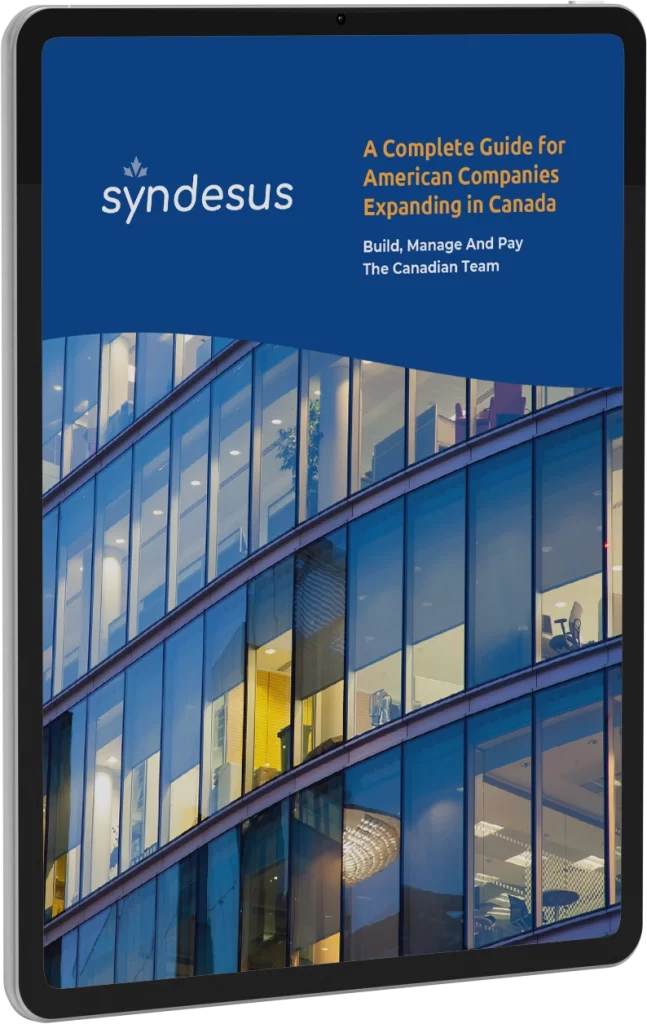For the last two years, the concept of the workplace has changed, maybe forever. Work from home went from the perk of being a freelancer to an expectation for many office workers working for North American-based companies in offices around the globe.
According to a 2022 study from the ADP Research Institute, 68% of all workers surveyed in North America said that they would consider looking for another job if their current job insisted that they worked from the office full-time.
Furthermore, the 2022 study revealed that 52% of workers said that they would take a pay cut in order to guarantee remote or a split between time spent working at home and at the office.
While employees have been favoring remote or hybrid work, companies’ stance on remote work has varied. Google and Apple have said that employees will return to the office for a hybrid office-home split. Other tech companies like Lever and Cash App have guaranteed a permanent work-from-home policy while Spotify has gone a step further and promised its workers that they can “work from anywhere” for at least part of the year.
But for US-based companies, are there instances where being remote elsewhere in the world can be a detriment to both the company and the employee? And the truth is that there are many instances when it makes more sense to take a talented tech employee who is based abroad, particularly in a vastly different time zone (think Chennai or Cape Town or Kiev), and bring them to North America.
Of course, bringing highly skilled talent to the US isn’t easy, especially given how complicated the H-1B process tends to be.
That’s what this article is about: the benefits of bringing international tech talent to Canada, even (and especially) when the company doesn’t have a Canadian office and is unsure how to do it.
Two benefits to having your team in the same time zone.
Having employees, especially top-tier tech employees, working in faraway time zones has some downsides. Here are a few benefits that address those downsides and make the case for having employees in the same time zone.
1. You can offer better client support
If your clients are based in a North American time zone, you know how important it is for customer service that can match up with their availability.
When a team member or employee starts to have customer-facing interactions, coordinating meetings or service calls during the client’s working hours can make it very difficult to keep a client satisfied if that employee is halfway around the world with often 6 – 8 hours difference in time zones.. Of course, the employee can work nights or otherwise US-based hours, but that also comes with its downsides.
By having team members in the same time zone as your clients, you can provide better customer support and fewer delays without forcing your employee to work in the middle of the night.
2. Keeping your team together makes collaboration easy.
When US-based companies have meetings with team members who are spread across the world, those meetings become much harder to plan internally. Even with the best communication tools and sincerest efforts, someone always ends up suffering.
Especially for team members who are based outside of the US and want to start climbing the ladder, having face-time with more coworkers, management, etc., is key to career growth.
And like in the customer service example above, unless they want to work during off-hours or in the middle of the night locally, being in the same time zone helps ensure team cohesion without forcing them to work difficult, potentially unhealthy, hours.
Combine the benefits of remote work and being in the same time zone.
When US-based companies want their tech workers in the same time zone, the first thought that comes to mind: is US immigration. But for many reasons, US immigration is sometimes simply not worth the headache.
So how can you get your tech workers into a US time zone while avoiding US immigration? The answer is Canada.
What’s the easiest way to move your tech talent to North America? Canada is the answer.
While existing employees can move to the US via an intra-company transfer (L-1) visa for example, for new hires, it is not so smooth.
F-1 visa holders who are in tech only have a three-year work period before they must switch over to a proper work visa. And since the most common pathway is to apply for an H-1B visa, given how incredibly difficult with no guarantee of employees securing the visa by the end of the process, staying in the US is not a given.
And so although most regard the US often is seen as the first option, relocating tech workers and employing them remotely from Canada instead is growing in popularity.
The most common way to bring a tech worker into Canada is through the Global Talent Stream (GTS), which expedites and simplifies the immigration application process for foreign nationals who have unique abilities or are highly skilled, especially in tech.
But here’s the big kicker - in order for a company to leverage the GTS program, they need to have a Canadian legal entity to sponsor the tech worker’s work visa.
The typical timelines for reviewing applications and processing work permits for qualified contributors are 10 business days and 14 business days, respectively, though given some backlogs within Canada’s immigration system it may take longer.
But here’s the big kicker – in order for a company to leverage the GTS program, they need to have a Canadian legal entity to sponsor the tech worker’s work visa. For large companies that have a Canadian presence, like Microsoft, Amazon, Google, and others, employing someone in Canada is much easier – their Canadian entity hires them.
But for a small company that doesn’t have a Canadian presence and has no business need or interest in opening up an office in Canada, at least for the time being, working with a Canadian Professional Employer Organization, or a PEO is the answer.
What is a Canadian PEO?
A Canadian PEO is a legal entity in Canada that legally hires, pays, provides insurance and benefits to, and handles taxes for employees in Canada on behalf of a US business.
Using a PEO and leveraging Canada’s GTS system, it’s entirely possible to bring skilled tech workers into Canada…
In simpler terms, a PEO acts as an “employer of record” in Canada. The PEO pays the employee’s salary, manages their HR compliance, sponsors their GTS work permit, and more. The US employer, of course, still directly manages the employee, and is able to give them stock options or any other-specific company perks.
Using a PEO and leveraging Canada’s GTS system, it’s entirely possible to bring skilled tech workers into Canada and thereby have them in the same time zone as a company’s US headquarters while avoiding the US immigration system.
Let Syndesus be your Canadian PEO so you can hire tech workers remotely in Canada.
Syndesus is the number one Canadian PEO for US companies that don’t have an office in Canada but want to leverage Canada’s favorable immigration laws to bring in their skilled tech workers.
Whether those companies are small US startups or large corporations, hiring workers remotely through Syndesus means that the immigration, payroll, and other administrative processes are taken care of for you while you focus on growing your company and retaining your international talent.
Our PEO services also enable US tech companies to move their existing tech workers from the US to Canada, or hire new tech workers in Canada, taking care of the visa sponsorship, as well. With Syndesus, Canada can easily become your tech company’s next remote office.
Reach out to us to learn more about our services.

